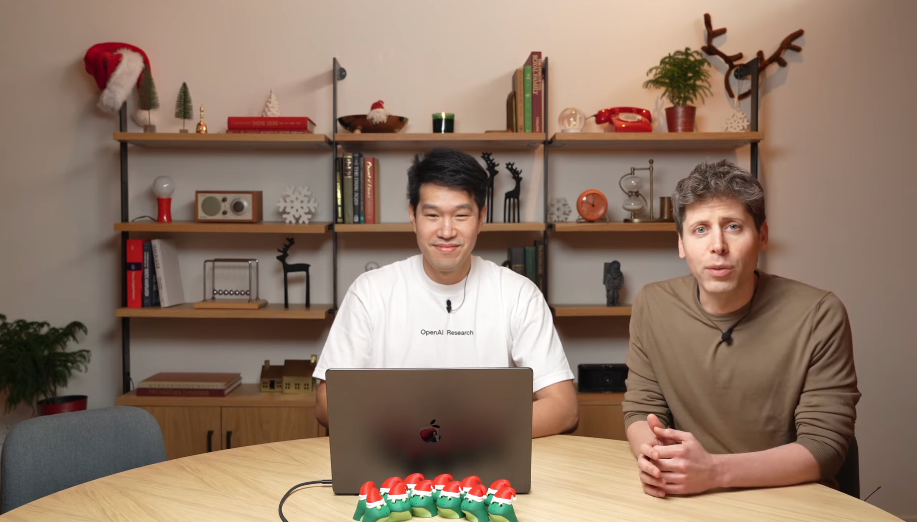
- OpenAI announced upcoming o3 and o3-mini AI models.
- The new models are enhanced “reasoning” AI models that build on the o1 and o1-mini models released this year.
- Both models handily outperform existing AI models and will roll out in the next few months.
The final day of the 12 Days of OpenAI, brought back OpenAI CEO Sam Altman to show off a brand new set of AI models coming in the new year. The o3 and o3-mini models are enhanced versions of the relatively new o1 and o1-mini models. They’re designed to think before they speak, reasoning out their answers. The mini version is smaller and aimed more at carrying out a limited set of specific tasks but with the same approach.
OpenAI is calling it a big step toward artificial general intelligence (AGI), which is a pretty bold claim for what is, in some ways, a mild improvement to an already powerful model. You might have noticed there’s a number missing between the current o1 and the upcoming o3 model. According to Altman, that’s because OpenAI wants to avoid any confusion with British telecom company O2.
So, what makes o3 special? Unlike regular AI models that spit out answers quickly, o3 takes a beat to reason things out. This “private chain of thought” lets the model fact-check itself before responding, which helps it avoid some of the classic AI pitfalls, like confidently spewing out wrong answers. This extra thinking time can make o3 slower, even if only a little bit, but the payoff is better accuracy, especially in areas like math, science, and coding.
One great aspect of the new models is that you can adjust that extra thinking time manually. If you’re in a hurry, you can set it to “low compute” for quick responses. But if you want top-notch reasoning, crank it up to “high compute” and give it a little more time to mull things over. In tests, o3 has easily outstripped its predecessor.
This is not quite AGI; o3 can’t take over for humans in every way. It also does not reach OpenAI’s definition of AGI, which describes models that outperform humans in the most economically valuable projects. Still, should OpenAI reach that goal, things get interesting for its partnership with Microsoft since that would end OpenAI’s obligation to give Microsoft exclusive access to the most advanced AI models.
New year, new models
Right now, o3 and its mini counterpart aren’t available to everyone. OpenAI is giving safety researchers a sneak peek via Copilot Labs, and the rest of us can expect the o3-mini model to drop in late January, with the full o3 following soon after. It’s a careful, measured rollout, which makes sense given the kind of power and complexity we’re talking about here.
Still, o3 gives us a glimpse of where things are headed: AI that doesn’t just generate content but actually thinks through problems. Whether it gets us to AGI or not, it’s clear that smarter, reasoning-driven AI is the next frontier. For now, we’ll just have to wait and see if o3 lives up to the hype or if this last gift from OpenAI is just a disguised lump of coal.
You might also like
Services Marketplace – Listings, Bookings & Reviews
